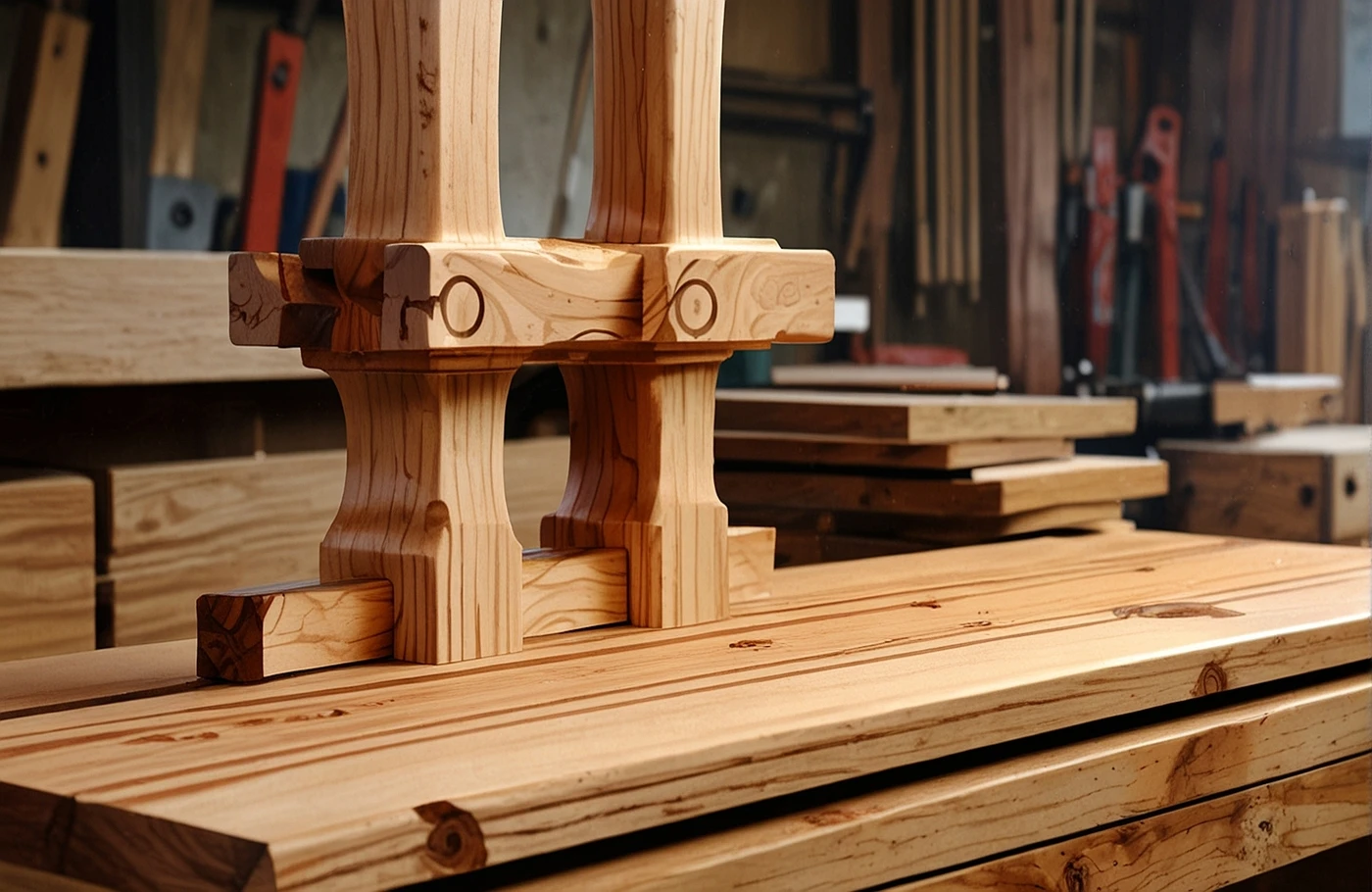I Need One Piece Of Furniture Moved

Tips for Moving One Piece of Furniture Safely
Moving a single piece of furniture may seem like a simple task, but without proper planning and execution, it can lead to accidents or damage. Whether you are rearranging your living space or relocating, here are some valuable tips to ensure you move one piece of furniture safely.
Evaluate the Furniture Piece
Before you begin the moving process, it is essential to assess the furniture item you intend to move. Take measurements of the furniture piece and the pathways it needs to traverse. Ensure that the piece can fit through doorways, hallways, and staircases without any issues. Additionally, check for any detachable parts that can be removed to make the moving process more manageable.
Gather the Necessary Equipment
Having the right tools and equipment can significantly ease the burden of moving a single piece of furniture. Consider using furniture sliders to help glide the item across floors with minimal effort. Straps or ropes can assist in lifting and carrying heavy furniture safely. Moreover, utilizing moving blankets or padding can prevent any scratches or dents during transportation.
Enlist Help
While you may feel confident in moving a piece of furniture alone, enlisting the help of a friend or family member can make the process smoother and safer. An extra set of hands can provide support and guidance, especially when navigating tight spaces or lifting heavy items. Moreover, having a helper can reduce the risk of accidents or injuries during the moving process.
Clear Pathways
Before you start moving the furniture piece, ensure that the pathways are clear of any obstacles or tripping hazards. Remove rugs, cables, or any clutter that may impede the transportation of the item. By creating a clear pathway, you reduce the risk of accidents and ensure a seamless moving experience.
Lift with Proper Technique
When lifting heavy furniture, it is crucial to use the correct lifting technique to prevent strain or injury. Bend your knees, not your back, when lifting the furniture item. Keep your back straight and use the strength of your legs to lift the piece off the ground. Avoid twisting your body while carrying the furniture to prevent back injuries.
Use Protective Gear
Prioritize your safety by wearing appropriate protective gear while moving furniture. Closed-toe shoes with nonslip soles can provide stability and prevent injuries from heavy items falling on your feet. Additionally, consider wearing gloves to protect your hands and enhance your grip when lifting and carrying furniture.
Secure the Furniture
Once you have successfully moved the piece of furniture to its desired location, make sure to secure it in place. Use furniture straps or braces to prevent the item from toppling over. This step is especially crucial if you have children or pets in your household to avoid any accidents.
Final Inspection
After the furniture piece has been relocated, take the time to inspect it for any damages or scratches. Assess the surrounding area for any marks or scuffs that may have occurred during the moving process. Address any issues immediately to maintain the quality and integrity of your furniture.
By following these tips, you can ensure that you move one piece of furniture safely and efficiently. Remember to prioritize safety, proper planning, and the right equipment to make the moving process a breeze.
Hiring Professionals vs. DIY for Furniture Moving
Professional Furniture Movers: Ensuring a Hassle-Free Experience
When faced with the task of moving a piece of furniture, it's common to debate whether to hire professionals or tackle the job yourself. While a DIY approach may seem cost-effective initially, there are many benefits to enlisting the services of professional furniture movers.
Expertise and Experience
Professional furniture movers bring a wealth of expertise and experience to the table. They are well-versed in handling all types of furniture, from bulky sofas to delicate antiques. With their knowledge, they can ensure that your furniture is moved safely and securely, minimizing the risk of damage during the process.
Efficiency and Convenience
One of the key advantages of hiring professionals for furniture moving is the efficiency and convenience they offer. They come equipped with the necessary tools and equipment to move your furniture quickly and safely. This saves you time and effort, allowing you to focus on other aspects of your move.
Insurance and Protection
When you hire professional furniture movers, you also benefit from insurance coverage. In the rare event that your furniture is damaged during the move, you can rest assured that it will be repaired or replaced, providing you with peace of mind throughout the process.
Cost-Effectiveness in the Long Run
While it may seem cheaper to move furniture yourself, the costs can add up quickly. From renting equipment to potential damage to your furniture or property, DIY moving can become more expensive than anticipated. In contrast, professional movers offer transparent pricing and eliminate the risk of additional expenses along the way.
When to Consider a DIY Approach
Of course, there are instances where a DIY approach to furniture moving may be suitable. If you have the necessary experience, equipment, and manpower to move the furniture safely, doing it yourself can be a viable option. However, for larger or more complex items, or if you're short on time, hiring professionals is often the best choice.
When it comes to moving furniture, hiring professionals offers numerous benefits that outweigh the initial cost. From their expertise and experience to the convenience and peace of mind they provide, professional furniture movers ensure a seamless and stress-free moving experience. Consider these factors when deciding whether to tackle furniture moving on your own or enlist the help of experts.
Tools and Equipment Needed for Moving Furniture
Moving furniture can be a daunting task, especially if you don't have the right tools and equipment on hand. Whether you're relocating to a new home, rearranging your current space, or simply need to move a single piece of furniture, having the appropriate tools can make the process much smoother and safer.
Essential Tools for Moving Furniture
When it comes to moving furniture, having the right tools can make a world of difference. Here are some essential tools that can help make the process easier:
1. Furniture Dolly
A furniture dolly is a must-have tool for moving heavy furniture items. These wheeled platforms make it easy to transport large items by sliding them on smooth surfaces. Furniture dollies come in various sizes and weight capacities, so be sure to choose one that can accommodate the pieces you need to move.
2. Moving Straps
Moving straps, also known as lifting straps, are designed to make lifting and carrying heavy items more manageable. These straps distribute the weight of the furniture evenly, reducing the strain on your back and making it easier to navigate tight spaces.
3. Moving Blankets
Protecting your furniture during a move is essential to prevent scratches, dents, and other damages. Moving blankets provide a layer of cushioning that helps safeguard your belongings while in transit. These blankets are especially useful for delicate or valuable items.
4. Screwdriver and Tools
Having a screwdriver and other basic tools on hand can be helpful for disassembling furniture pieces for easier transportation. Make sure to keep all the screws and hardware in a labeled bag to avoid losing them during the move.
5. Sliders
Furniture sliders are great for moving heavy items across hardwood, tile, or carpeted floors with ease. These sliders help reduce friction, making it possible to slide furniture instead of lifting it, which can be a real back-saver.
Additional Tips for a Smooth Move
In addition to having the right tools, here are some tips to help ensure a successful furniture-moving experience:
-
Measure Doorways and Hallways: Before attempting to move a piece of furniture, make sure it will fit through all the necessary openings to avoid getting stuck.
-
Clear Pathways: Remove any obstacles or tripping hazards along the moving route to prevent accidents and facilitate a smoother process.
-
Lift With Your Legs: When lifting heavy items, remember to bend your knees and lift with your legs to avoid straining your back.
-
Enlist Help: Don't hesitate to ask friends or family members for assistance, especially when dealing with bulky or cumbersome furniture pieces.
By equipping yourself with the right tools and following these tips, moving furniture can be a much more manageable task. Remember to prioritize safety and take your time to ensure a successful and stress-free move.
Preparing Furniture for a Smooth Relocation
When it comes to relocating, one of the common tasks is moving furniture from one place to another. Whether you are moving to a new home, office, or simply rearranging your current space, the process of moving furniture can be daunting. However, with the right preparation and strategy, you can ensure a smooth relocation experience.
Assess Your Furniture Pieces
Before you begin the process of moving your furniture, it is essential to assess each piece to determine its size, weight, and shape. This will help you plan how to move each item efficiently and safely. Take note of any delicate or fragile pieces that may require special handling during the relocation process.
Create a Moving Strategy
Once you have assessed your furniture, it's time to create a moving strategy. Start by measuring doorways, hallways, and stairways to ensure that your furniture can pass through without any issues. If you have large or bulky items, consider disassembling them to make the moving process easier.
Gather the Necessary Supplies
To ensure a smooth furniture relocation, gather all the necessary supplies beforehand. This may include furniture sliders, moving blankets, dollies, straps, and packing materials. Having the right tools and supplies will make it easier to move your furniture safely without causing damage to the items or the surrounding areas.
Protect Your Furniture
Before you start moving your furniture, it is crucial to protect your items from any potential damage. Use moving blankets or padding to wrap delicate pieces and prevent scratches or dents. Secure the padding with tape to ensure it stays in place during the relocation process.
Enlist Help
Moving furniture on your own can be challenging, especially when dealing with heavy or bulky items. Consider enlisting the help of friends, family members, or professional movers to assist you with the relocation process. Having extra hands can make the task much more manageable and safer for everyone involved.
Use Proper Lifting Techniques
When lifting and moving heavy furniture, it is essential to use proper lifting techniques to avoid injuries. Bend your knees, keep your back straight, and lift with your legs rather than your back. If a piece of furniture is too heavy to lift safely, consider using a dolly or furniture straps to transport it.
Secure Furniture in the Moving Vehicle
When loading your furniture into a moving vehicle, make sure to secure each piece properly to prevent shifting during transit. Use straps or ropes to secure items in place and minimize the risk of damage during the journey. Double-check that everything is stable before hitting the road.
Unpack and Reassemble
Once you have reached your destination, carefully unpack and reassemble your furniture pieces. Refer to any notes or photos you took during the disassembly process to help you put everything back together correctly. Take your time to ensure that each piece is set up properly in its new location.
By following these tips and strategies, you can prepare your furniture for a smooth relocation process. Remember to plan ahead, gather the necessary supplies, protect your furniture, enlist help when needed, and use proper techniques to ensure a successful move. With the right preparation and care, you can safely relocate your furniture to its new destination without any hassle.
Ensuring Safety Measures During Furniture Moving
Moving furniture can be a challenging task, whether you are rearranging your living space or relocating to a new place. Safety should always be a top priority during furniture moving to prevent injuries or damage to the furniture itself. Here are some essential safety measures to consider when you need one piece of furniture moved.
Assess the Furniture Piece
Before moving any furniture, it is crucial to assess the item's size, weight, and shape. This evaluation will help determine the best approach to moving it safely. Additionally, check for any removable parts or drawers that could shift during the moving process.
Clear Pathways and Plan Ahead
Clearing pathways and planning the route before moving the furniture can prevent accidents and obstacles along the way. Measure doorways, hallways, and staircases to ensure the furniture can pass through smoothly without causing damage to the walls or the piece itself.
Use Proper Lifting Techniques
When lifting heavy furniture, always remember to bend at the knees, keep your back straight, and lift with your legs instead of your back. Enlist the help of others if the piece is too heavy to lift alone, and use moving straps or dollies for support and ease of transportation.
Protect Yourself and the Furniture
Wearing protective gear such as gloves, closed-toe shoes, and back support belts can prevent injuries while moving furniture. To protect the furniture from scratches or dents, use moving blankets, furniture sliders, or plastic wrap as needed.
Secure the Furniture During Transport
Once the furniture is ready to be moved, make sure it is securely fastened or strapped down during transport to prevent shifting or falling. Use tie-downs or ropes to secure the piece in place, especially if moving it in a truck or van.
Communicate Effectively
Clear communication is key when moving furniture with others. Establish a plan, assign specific roles to each person involved, and use verbal cues or signals to coordinate the movement smoothly and prevent accidents.
Take Breaks and Stay Hydrated
Moving furniture can be physically demanding, so remember to take breaks as needed to rest and re-energize. Stay hydrated throughout the process to prevent dehydration and fatigue, which can lead to accidents or injuries.
Inspect the Furniture and Space After Moving
After the furniture has been relocated, inspect both the piece and the surrounding space for any damages, scratches, or marks. Address any issues immediately to prevent further damage or safety hazards.
Following these safety measures when you need one piece of furniture moved can help ensure a smooth and injury-free moving process. By prioritizing safety and taking precautions, you can protect yourself, others, and the furniture itself during the relocation.
Conclusion
Whether you are tackling the task of moving one piece of furniture on your own or considering hiring professionals, it is crucial to prioritize safety and efficiency throughout the process. Understanding the necessary tools and equipment, along with preparing the furniture properly, can make all the difference in ensuring a smooth relocation.
When it comes to moving one piece of furniture safely, there are several tips to keep in mind. First and foremost, always assess the weight and dimensions of the furniture to determine the best approach. Use proper lifting techniques, such as bending at the knees and keeping your back straight, to avoid strains or injuries. Moreover, consider disassembling the furniture if possible to make it lighter and easier to maneuver.
The decision between hiring professionals or opting for a DIY approach when moving furniture depends on various factors. While hiring movers can save you time and effort, it comes at a cost. DIY moving can be a more budget-friendly option, but it requires careful planning and execution. Evaluate your specific needs, budget, and timeline to make an informed choice that suits your circumstances.
Having the right tools and equipment can significantly facilitate the furniture moving process. Essential items include furniture sliders, moving straps, a dolly, and protective materials like blankets or plastic wrap. Investing in these tools can make lifting and transporting heavy furniture much more manageable and reduce the risk of damage to both the furniture and your property.
Preparing furniture before the move is essential for its safety and preservation. Emptying the contents of drawers or cabinets, removing any detachable parts, and securing loose elements can prevent accidents during transit. Additionally, protecting delicate surfaces with padding or coverings can prevent scratches or dents. Taking the time to prep your furniture will ensure its condition remains intact throughout the relocation.
Safety should always be a top priority when moving furniture, whether on your own or with professional help. Avoid rushing the process and take breaks as needed to prevent fatigue. Secure pathways by clearing obstacles and ensuring proper lighting to prevent accidents. Communicate effectively if working with others to coordinate movements and prevent mishaps. By prioritizing safety measures, you can minimize risks and ensure a smooth and incident-free furniture moving experience.
Moving one piece of furniture requires careful planning, preparation, and execution to ensure a successful relocation. Whether you choose to handle the task independently or enlist the help of professionals, keeping safety at the forefront is paramount. By following the tips provided, utilizing the necessary tools, and taking proactive measures, you can make the furniture moving process more manageable and stress-free. Remember, a little foresight and effort can go a long way in protecting your furniture and maintaining a smooth transition during the move.



